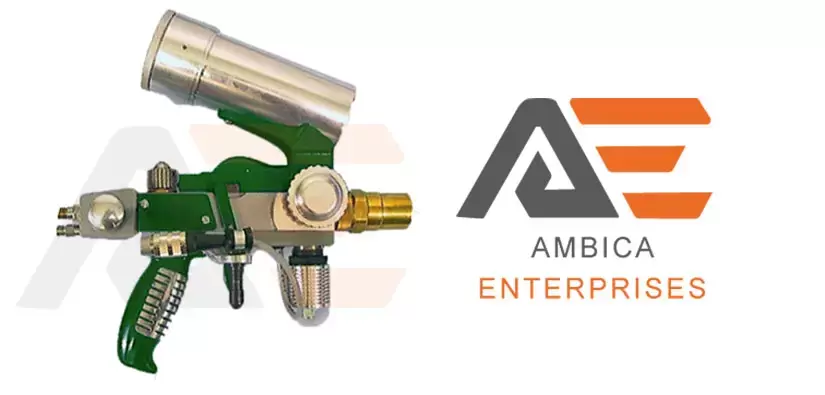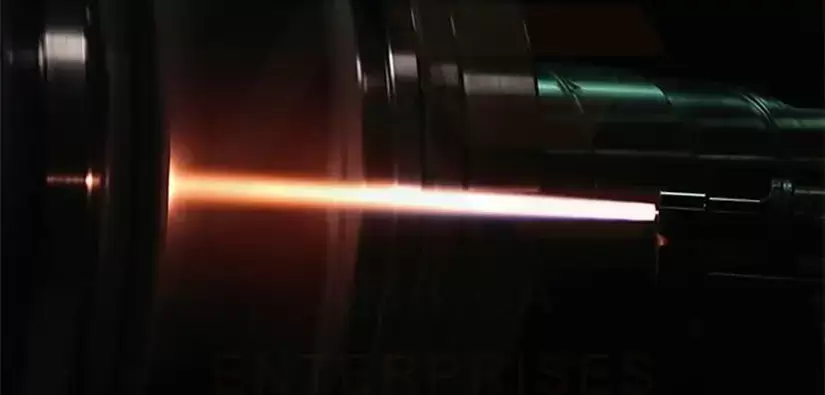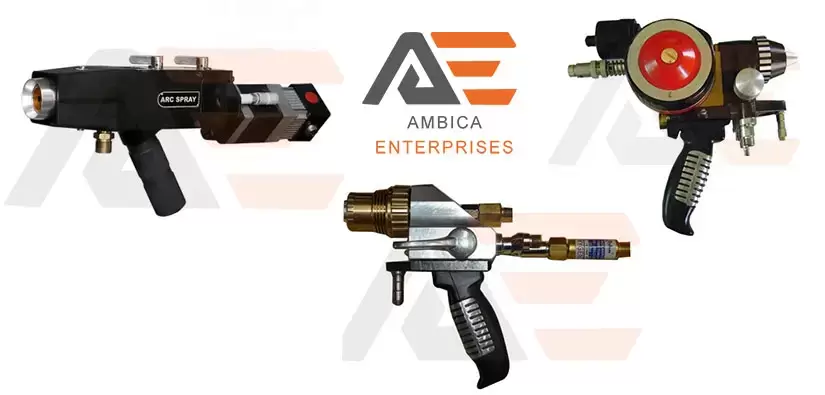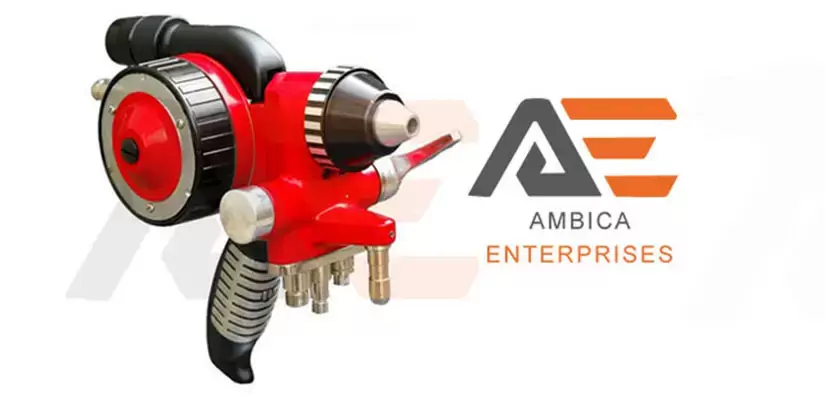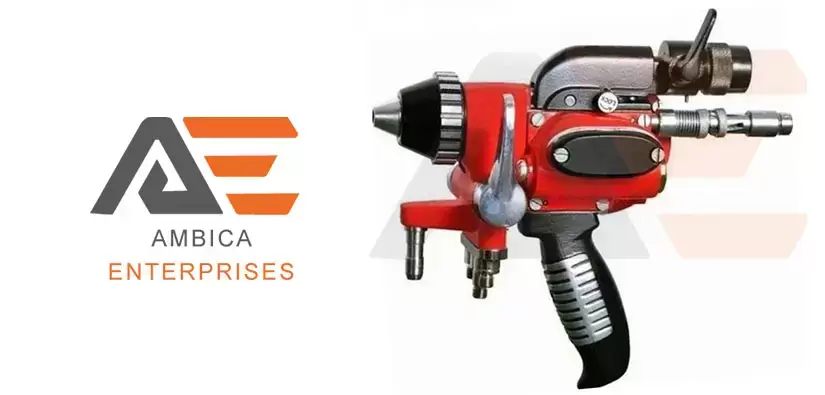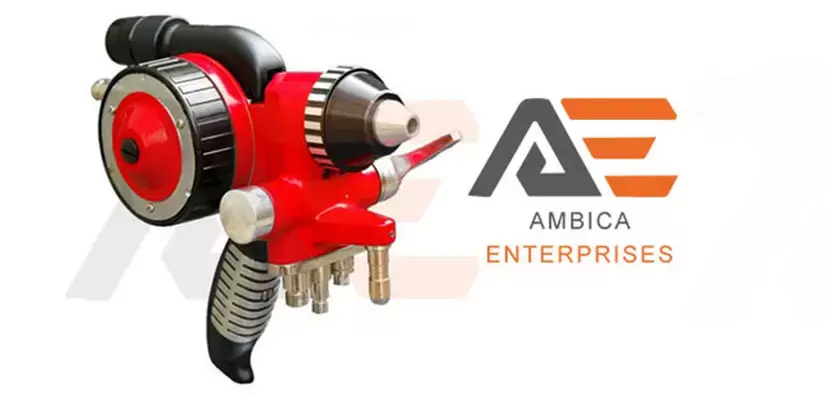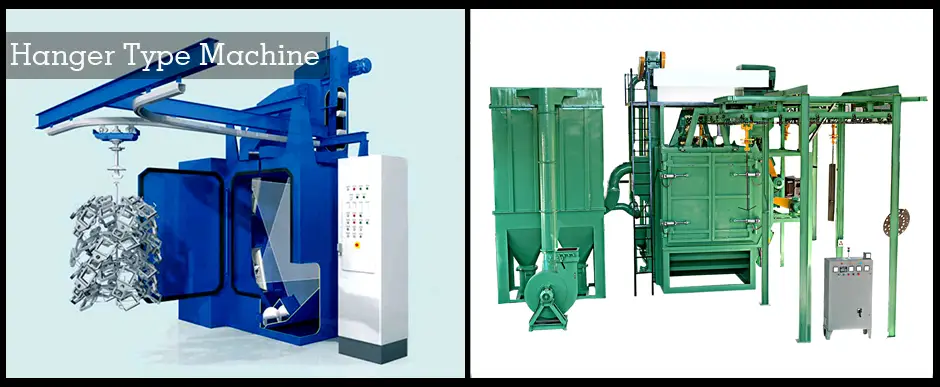Shot blasting process – Throwing the shotblast media at a high speed of 65 to 110 m/second in a highly controlled way. It removing the contaminates on the surface with the help of the abrasive impact. The process of shotblasting is on its peak. It use compressed air for propelling the shot blast media. This method remains to clean of metal frames.
The shot blast production lines (both manual and automated systems), only became possible after the introduction of the centrifugal wheel blast machines. The system of shot blasting with the centrifugal wheel has proven to be more productive than by compressed air and achieves a better and more uniform finishing of the surface.
